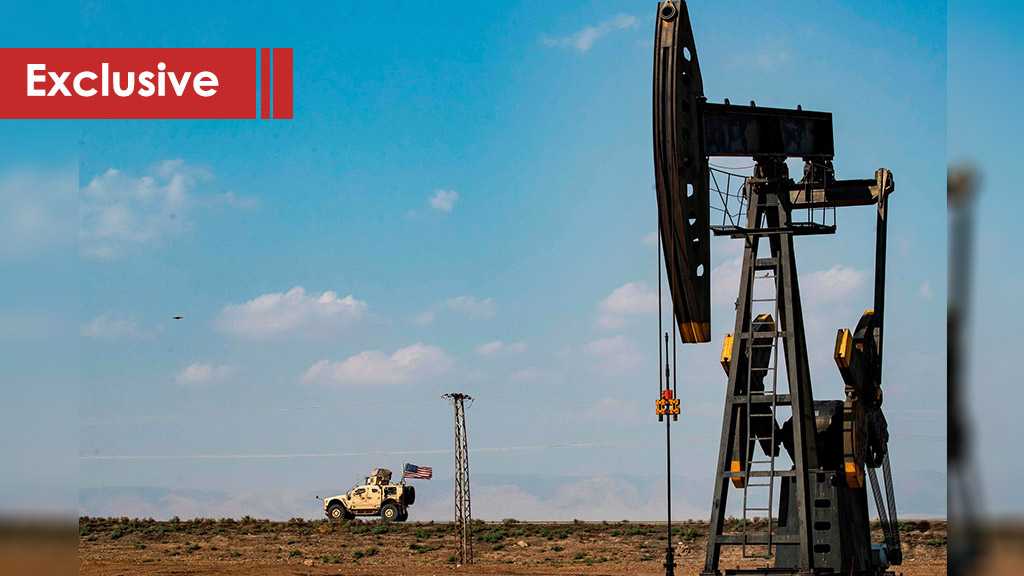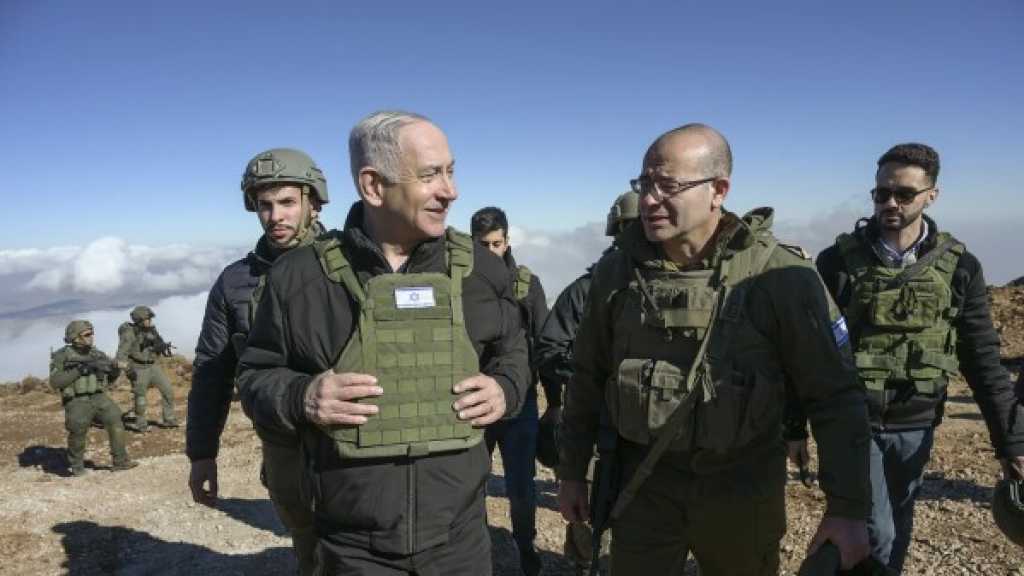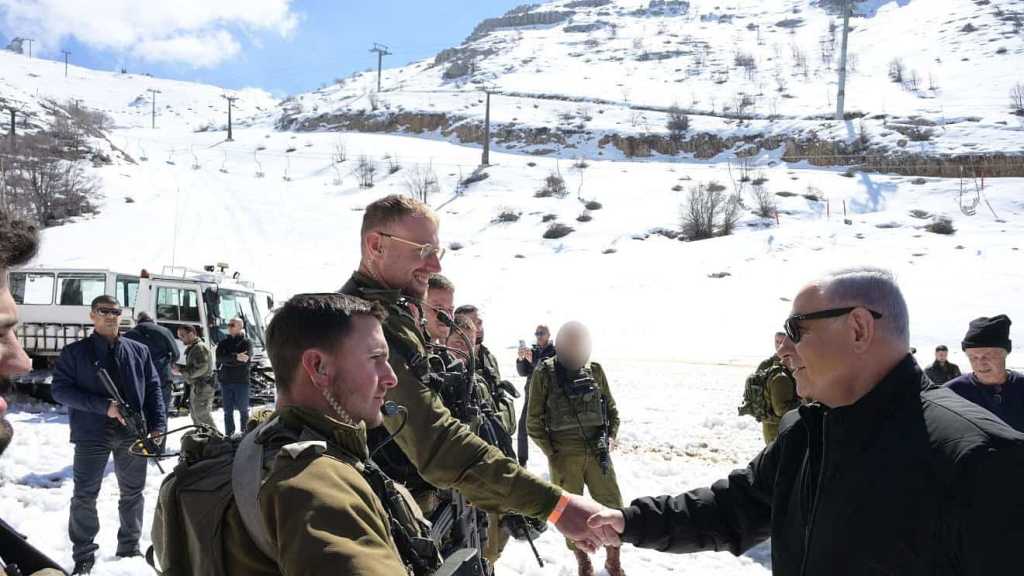What Business Does America Have on Syrian Lands!

By Mohammad Sleem
Beirut – As the Syrian crisis reached the end of a devastating war, Syrian Foreign Minister Faisal Mekdad called for the withdrawal of US and Turkish troops from Syria in a speech to the UN General Assembly in New York lately, asking what the American troops have to do on the Syrian territories.
Mekdad stated that Syria will reassert the government’s control over the entirety of the country again, insisting that “This is a non-negotiable national and constitutional right”.
Moreover, the Syrian foreign minister stressed that foreign presence on Syrian soil without Syria’s approval is both illegitimate and a violation of international law and the UN Charter.
So how is the American presence shaped and formed in Syria in all?
The deployment of American troops and its international allied forces has focused in recent months on the Syrian-Jordanian-Iraqi border triangle at the Tanf border crossing near the deployment of the Syrian Army and its allied forces. The Tanf border crossing is of great importance to all local, regional and international parties involved in the Syrian conflict, in addition to Albukamal in Deir ez-Zor province.
Rmelan Airport:
It is one of the most important locations for US forces. The Ramlan base area has oil wells under the control of the Syrian Democratic Forces [SDF]. The base has been constructed by the US in November 2016 after measures to build new facilities and to expand runways. It was originally an airstrip for agricultural pesticide spraying aircraft and helicopters.
The airport, known as Abu Hajar Airport, is located southeast of the town of Rmelan, northeast of Qamishli city in al-Hasaka governorate, close to the Syrian-Turkish-Iraqi border triangle, an area known for its heavy oil production and subject to the People's Defense Units [YPG]'s self-administration system. The airport is the first established US military presence since the beginning of the war on Syria.
Ayn al-Arab Base:
This base is located south of the city of Ayn al-Arab [Kobane] near the village of Kharab Ashiq, about 33 kilometers south of the Turkish border. It is the largest of US base and it provides support to the international coalition forces and its allies. Western newspapers published information from the analysis of satellite images showing housing units for hundreds of soldiers and a fleet of vehicles of different types as well as facilities for military transport aircraft and the defense of al-Qaeda, such as control towers.
Al-Mabrouka Base:
It is a small camp in the village of Al-Mabrouka, where small-scale US forces are located west of Qamishli city in al-Hasaka governorate within the control of the YPG.
Rubaria Airport:
Located near the northeastern city of al-Hasakah, near the border with both Iraq and Turkey, the airport was originally a small airstrip for small agricultural aircrafts before the US turned it into a helicopter runway under the supervision of its troops to provide logistics to Kurdish forces and support other international coalition forces fighting the Wahhabi Daesh [Arabic acronym for “ISIS” / “ISIL”].
Tell Beydar:
The base is located 30 kilometers northwest of al-Hasaka and is close to the Turkish border. It includes helicopter airstrips and a training camp for non-combat forces such as police, civil defense and others to meet the needs of Kurdish forces in managing the areas they control.
White Hill [Tell Abyad]:
A large number of US soldiers are deployed at the base. Some reports indicate more than 200 troops are deployed in the city, and the US flag is raised on some government buildings in the city center.
US forces are present alongside forces from the international coalition and armed opposition states at the Syrian al-Tanf base on the Syrian-Iraqi-Jordanian border triangle. The US requires the establishment of a "no-clash" zone under which no coalition forces of the government allow them to approach or enter.
Furthermore, US forces are also present in several camps in Raqqa province to support the SDF’s operations, which have been fighting to retake Raqqa from Daesh. US forces use artillery of various kinds like rocket launchers and other heavy combat equipment, in addition to various types of intelligence and armored vehicles to conduct joint patrols with the SDF.
US forces are also deployed as training advisers in at least three training camps in al-Hasaka governorate to train Kurdish fighters as well as near the city of Manbij, north of Aleppo, which has been controlled by the SDF since August 2016.
Based on the aforementioned, it’s crystal clear that the US does not have any business in Syria except what it has been doing for decades: draining Syria’s natural resources! Wherever natural resources and oil exist, American troops arrive in a jiffy and settle down.




